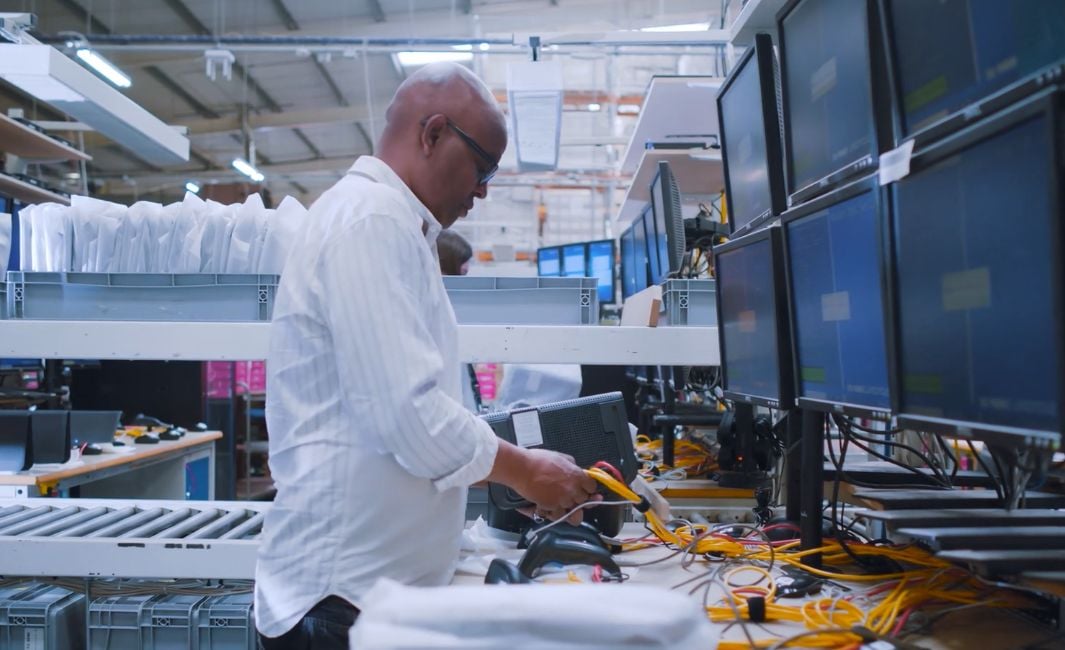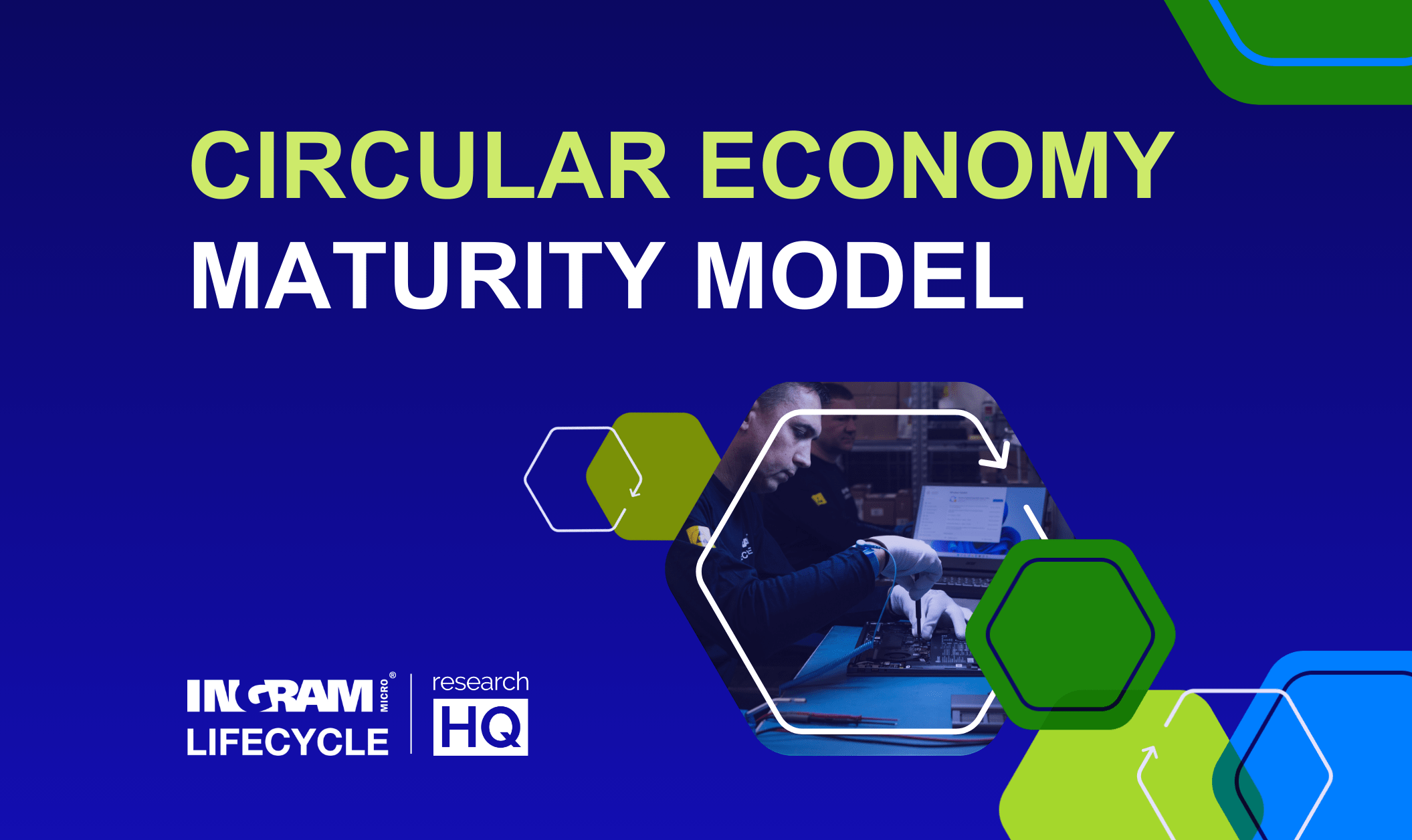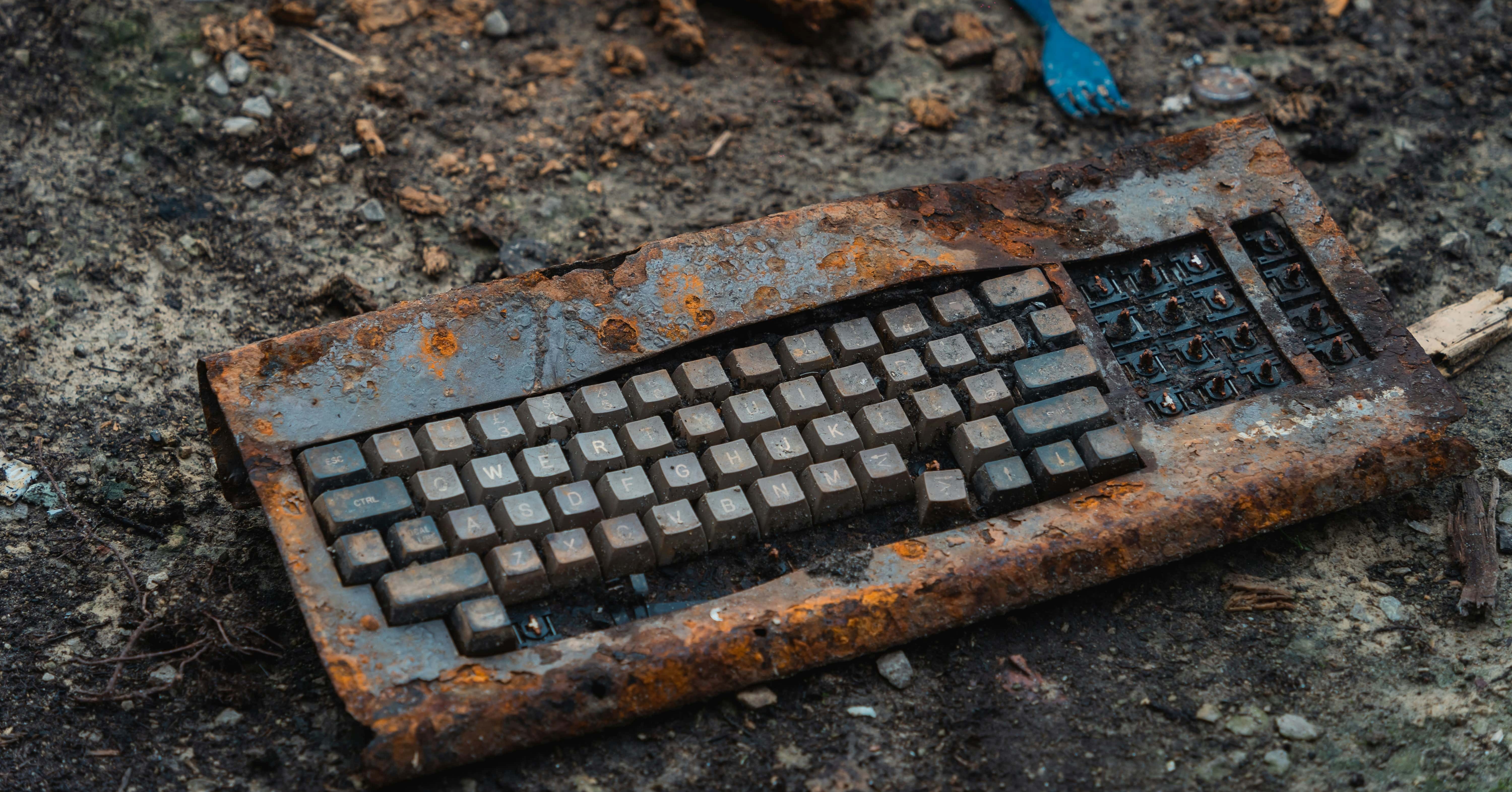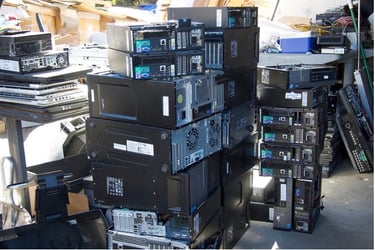For many leaders in electronics and small domestic appliance sectors, the pressing challenge of e-waste management is impossible to ignore.
As devices reach end-of-life at an accelerating pace, businesses are left grappling with complex questions: How do we navigate regulatory compliance, minimize environmental harm, and maintain operational efficiency - all while responding to customer and stakeholder scrutiny?
The mounting tide of discarded technology is not only a logistical hurdle but also a critical risk to the environment and public health.
In this article, we delve into the true impact of e-waste on our world and unpack its environmental consequences.
Defining e-waste
In today's digitally-driven world, electronic devices have become an integral part of our daily lives. However, the rapid pace of technological advancement has led to a significant downside: electronic waste, or e-waste.
E-waste is composed of discarded electrical or electronic devices, including mobile phones, computers, televisions, and household appliances. These items often contain hazardous materials such as lead, mercury, cadmium, and brominated flame retardants.
The creation of e-waste begins with the manufacturing of electronic devices. As new products are developed and released, older models become obsolete, leading consumers to dispose of their outdated gadgets. This cycle of constant upgrades and replacements fuels the growth of e-waste. The improper disposal of these items exacerbates the problem, as many end up in landfills or informal recycling centers where they are not handled safely.
The rapid growth of e-waste: a global challenge
The volume of e-waste is growing at an alarming rate. According to the UN, the world generated 62 million tonnes of e-waste in 2022, marking an 82% increase since 2010. This surge is driven by the widespread use of electronic devices and their rapid obsolescence. As technology continues to evolve, the lifespan of gadgets shortens, contributing to the escalating e-waste crisis.
This rapid growth poses a significant global challenge. Only a small fraction of e-waste is properly recycled or managed. In 2022, less than a quarter of e-waste was collected and recycled through formal channels. The remaining majority is often illegally dumped or processed in informal sectors, particularly in low- and middle-income countries. This improper handling results in severe environmental and health consequences.
Hazardous components in e-waste
E-waste contains a myriad of hazardous components that pose serious risks to the environment and human health. Among these are heavy metals like lead, mercury, and cadmium, as well as brominated flame retardants and polycyclic aromatic hydrocarbons (PAHs). When electronics decay and break down, these substances can leach into the soil and water, causing widespread contamination.
In lesser developed countries where informal handling processes exist, people are exposed to harmful health implications. Lead and mercury, for example, are known to cause neurological damage and developmental issues, particularly in children. Cadmium can lead to kidney damage, while brominated flame retardants have been linked to endocrine disruption. The improper disposal and recycling of e-waste release these toxic elements into the environment, exacerbating their harmful effects.
Impact on soil: disrupting plant and microbial health
One of the significant environmental impacts of e-waste is its effect on soil health. When e-waste is improperly disposed of, hazardous chemicals and heavy metals can seep into the soil, disrupting the natural microbial balance. Beneficial bacteria in the soil play a crucial role in nutrient cycling, nitrogen fixation, and organic matter breakdown. The presence of toxic substances from e-waste can endanger these beneficial microbes, leading to a decline in soil fertility.
Additionally, plants absorb these harmful substances through their roots, which can lead to inhibited growth, nutrient deficiencies, and increased toxicity. The disruption of plant root microbiota can have cascading effects on the entire ecosystem, affecting not only plant health but also the animals and insects that rely on these plants for sustenance.
Water contamination: a threat to aquatic life
E-waste also poses a significant threat to water resources. The metallic constituents and nanoparticles in e-waste can spread and permeate water bodies through various mechanisms, such as erosion and flooding. When heavy metals and other toxic substances leach into soil, they can contaminate underground water reservoirs and eventually make their way into larger aquatic systems.
This contamination has far-reaching implications for aquatic life. The increased concentration of heavy metals and the loss of oxygen in the water can lead to reduced fish productivity and the toxicity of aquatic flora. These changes disrupt the intricate balance of aquatic ecosystems, posing a potential hazard to both wildlife and human populations that depend on these water sources.
Human health risks: from lead poisoning to cancer
The health risks associated with e-waste are numerous and severe. Workers in informal recycling sectors are often exposed to over 1,000 harmful substances, including lead, mercury, nickel, and PAHs. These exposures can lead to a range of health issues, from respiratory problems and DNA damage to impaired thyroid function and chronic diseases such as cancer and cardiovascular disease.
Lead poisoning, for example, is a significant concern, particularly for children. Exposure to lead can cause long-term neurological damage, reduced cognitive function, and behavioral problems. Mercury exposure, on the other hand, can lead to neurological and developmental issues, particularly in fetuses and young children. The bioaccumulation of these toxic substances in the body can result in severe health outcomes over time.
The vulnerability of children and expectant mothers
Children and expectant mothers are particularly vulnerable to the toxic effects of e-waste. Due to their smaller size, less developed organs, and rapid growth, children absorb more pollutants relative to their size and are less able to metabolize or eliminate these toxic substances from their bodies. This increased susceptibility makes them more prone to the adverse health effects of e-waste exposure.
Expectant mothers exposed to e-waste can face serious health risks for themselves and their unborn children. Potential adverse outcomes include stillbirth, premature births, low birth weight, and developmental issues. Studies have shown that exposure to lead from e-waste recycling activities is associated with reduced neonatal behavioral neurological assessment scores, increased rates of attention deficit/hyperactivity disorder (ADHD), and sensory integration difficulties.
The importance of responsible e-waste recycling
Given the severe environmental and health impacts of e-waste, responsible recycling practices are crucial. Proper e-waste recycling can prevent the release of hazardous substances into the environment and mitigate the associated risks. It also enables the recovery of valuable materials such as copper, gold, and other metals, reducing the need for new resource extraction.
To address the e-waste crisis, it is essential to implement effective and binding actions at both national and international levels. Governments, industries, and consumers must work together to promote proper e-waste management, raise awareness about the dangers of e-waste, and support initiatives that encourage responsible recycling practices. By doing so, we can protect our environment and safeguard the health of current and future generations.
Ingram Micro Lifecycle offer end-to-end reverse logistics services that include lifecycle extension and management of IT assets and electronic products. To speak to our team about our global infrastructure and solutions, contact us today.
Related articles:











.jpeg?width=450&height=250&name=used%20computer%20hardware%20in%20garbage%20(1).jpeg)
.jpg?width=450&height=250&name=used%20computer%20hardware%20in%20garbage%20(1).jpg)
